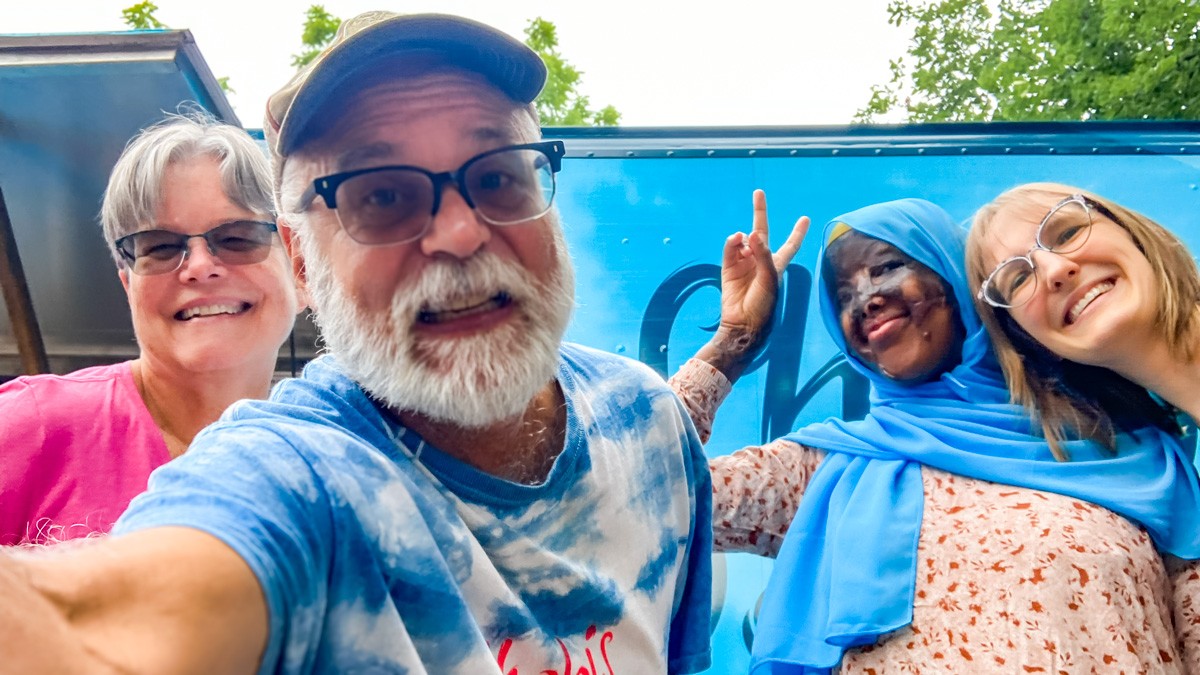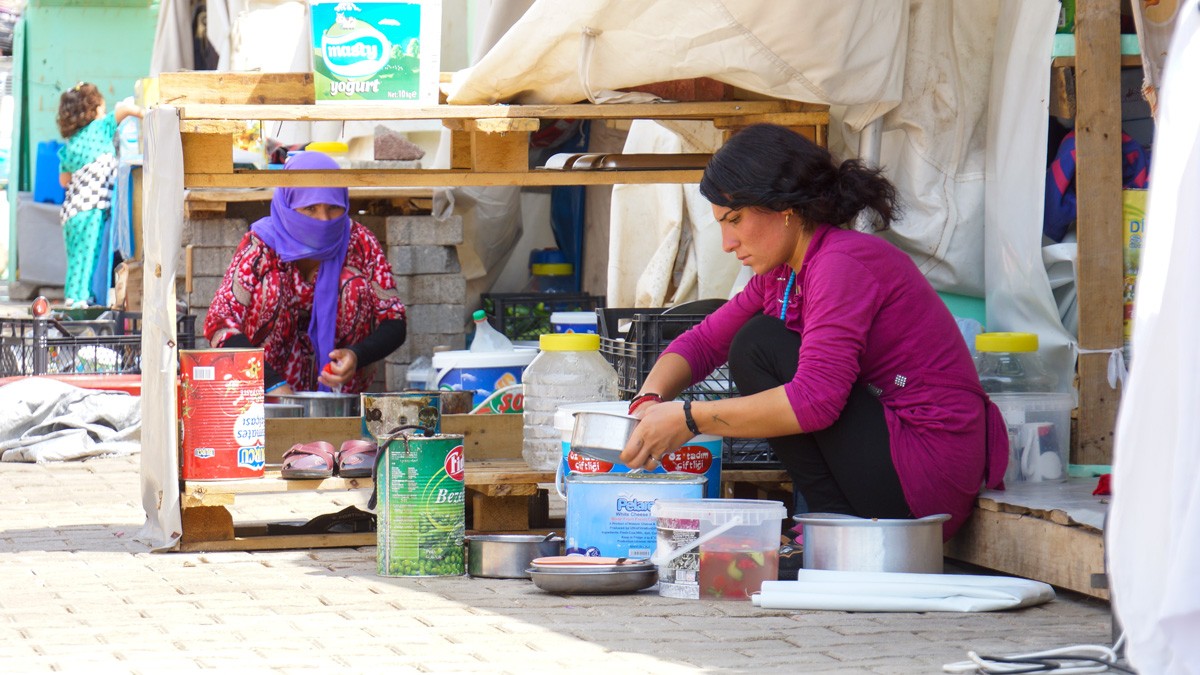Life in a Refugee Camp
Apr 29, 2021
- Tom Albinson

What is life like in a refugee camp?
Christianity Today recently published a couple of IAFR interviews with people living in Kakuma refugee camp to their blog, "The Better Samaritan". The interviewees include Amer, a young South Sudanese woman, and Richard, a middle aged father from Sudan. Both have been in Kakuma for more than a decade.
The camp population is about 200,000 people - mostly women and children. While the majority are from South Sudan and Somalia, the camp also hosts refugees from Uganda, Eritrea, Ethiopia, Rwanda, Burundi, and DR Congo.
Allow me to whet your appetite with the hope that you will be tempted to read at least one of these insightful interviews.
Safety?
When it comes to safety in the camp, there is often tension between its various ethnic communities. Kakuma is less than 100 miles from the border of South Sudan where people from the Dinka and Nuer communities are engaged in bitter fighting. As Amer notes in her interview,
"Both communities exist in the camp - both the Nuer and the Dinka that fled the war - and just the existence of them both creates a tension."
There are other security issues too. Richard tells of how a severe shortage of food and firewood has led to a recent increase in violence.
Investing in Peacemaking
Our partnership with an association of 163 churches in the camp and host community is accomplishing many things, among which is peacemaking and reconciliation work. The association of churches brings together people from nearly every ethnic group in Kakuma in ways that break down barriers and promote opportunities for collaboration.
One such powerful investment is their Annual Refugee Youth Camp that brings together young women and men from diverse ethnicities. As they worship, pray, and learn together, they discover that their shared identity in Christ transcends other the identities that they may carry. IAFR has long helped sponsor the camp - and participated in it as well.
Learn more about Refugee Youth Camp.
Education?

When it comes to education, everything is in short supply.
There are not enough classrooms, teachers, or text books. It is not uncommon to find one teacher in an overcrowded classroom packed with 200 children. Many of the teachers are refugees themselves. Few have benefited from a degree in education.
On top of that, many children are expected to do time consuming chores that keep them out of school - things like fetching water, getting food rations, watching over young siblings, and even cooking for their families. These duties often fall to girls and prevent them from completing school. It's a disadvantage that will follow them throughout their difficult lives.
Helping with Scholarships
IAFR launched a scholarship program to help refugee girls complete high school at quality boarding schools in Kenya. We're presently sponsoring 3 girls from the refugee camp and 2 girls from the nearby camp for Internally Displaced People (Kenyans who were permanently uprooted during post election violence in 2007/2008).
It costs a total of $9,100 to put one girl through high school. Learn more.
Visit our Kakuma Blog to learn more about our work in Kakuma refugee camp!










